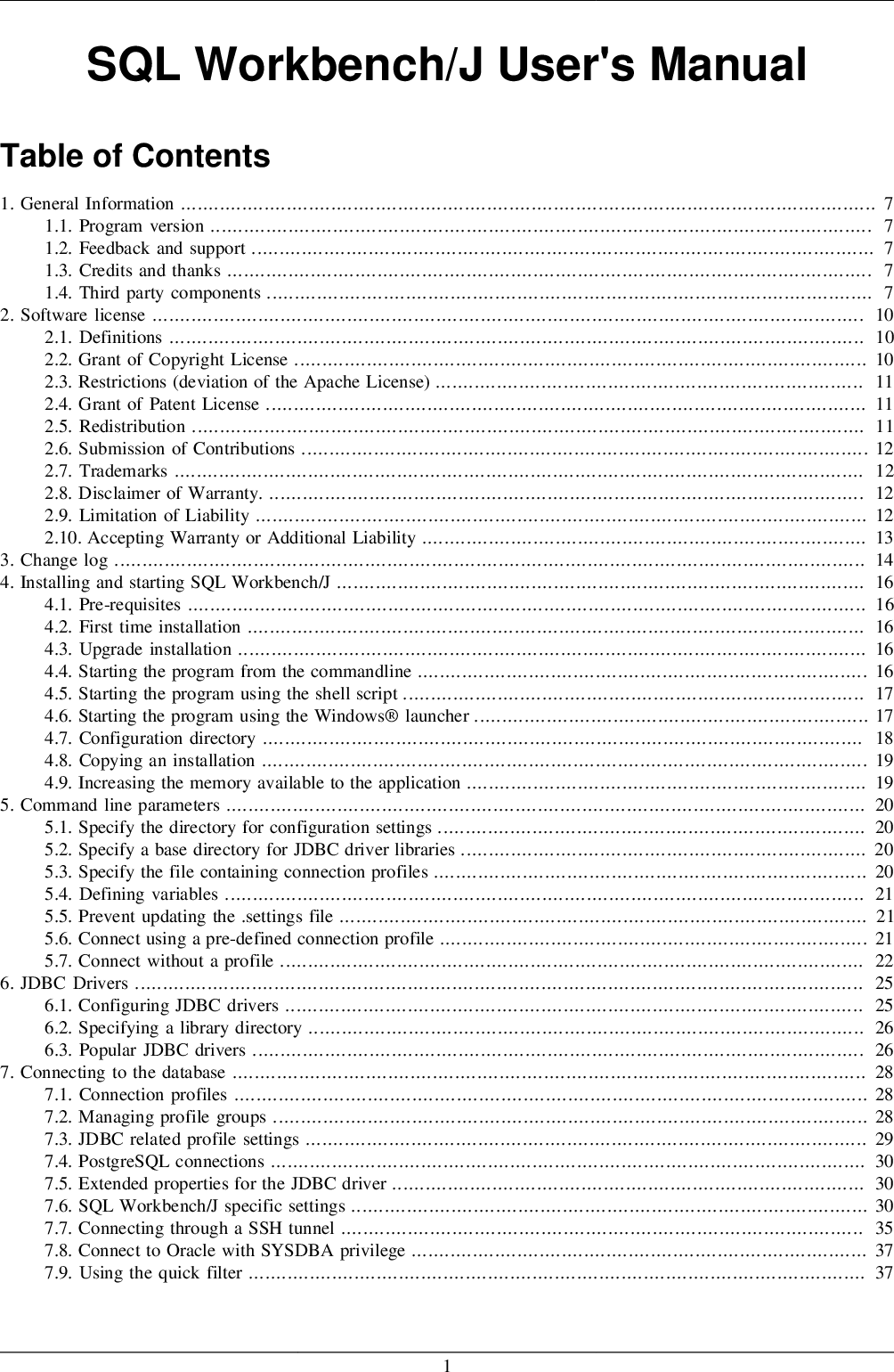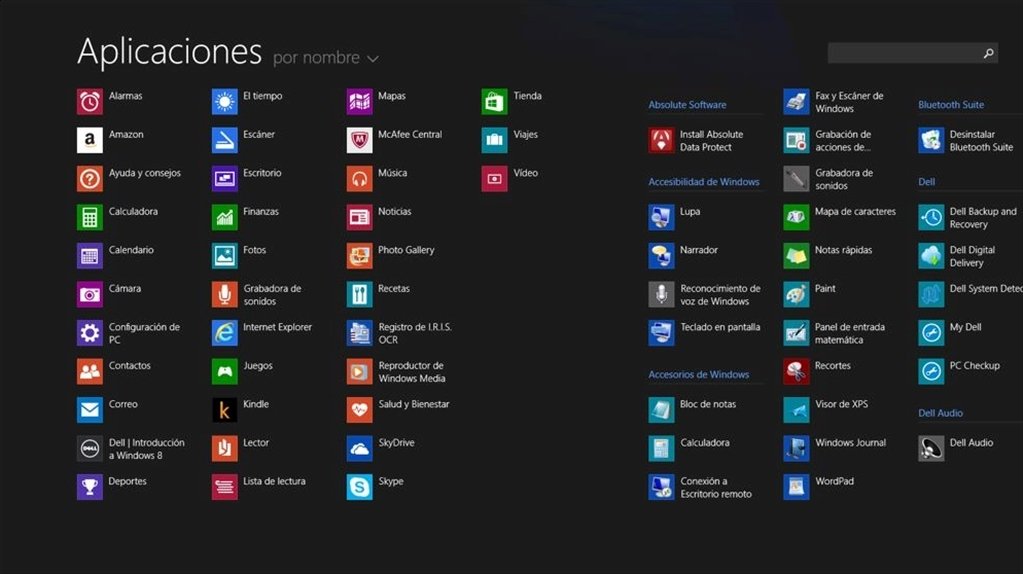Note that all of the bytearray methods in this section do not operate in place, and instead produce new objects. ¶Return a bytes or bytearray object which is the concatenation of the binary data sequences in iterable. A TypeError will be raised if there are any values in iterable that are not bytes-like objects, including str objects. The separator between elements is the contents of the bytes or bytearray object providing this method. ¶Return a Request object with the same members, except for those members given new values by whichever keyword arguments are specified.
TheRequest.cb_kwargs and Request.meta attributes are shallow copied by default . See alsoPassing additional data to callback functions. ¶A dictionary that contains arbitrary metadata for this request. Its contents will be passed to the Request's callback as keyword arguments.
It is empty for new Requests, which means by default callbacks only get a Responseobject as argument. If the line contains the word "error," it is added to a list called errors. The lower() string method converts all strings to lowercase for comparison purposes, making the search case-insensitive without altering the original strings. Local autocomplete completes words that are defined in the notebook. Server autocomplete accesses the cluster for defined types, classes, and objects, as well as SQL database and table names.
To activate server autocomplete, attach your notebook to a cluster and run all cells that define completable objects. Compared to the overhead of setting up the runtime context, the overhead of a single class dictionary lookup is negligible. For non-contiguous arrays the result is equal to the flattened list representation with all elements converted to bytes. Tobytes()supports all format strings, including those that are not instruct module syntax. The following methods on bytes and bytearray objects assume the use of ASCII compatible binary formats and should not be applied to arbitrary binary data. Both bytes and bytearray objects support the commonsequence operations.
They interoperate not just with operands of the same type, but with any bytes-like object. Due to this flexibility, they can be freely mixed in operations without causing errors. However, the return type of the result may depend on the order of operands. Bytes objects are immutable sequences of single bytes. If keyword arguments are given, the keyword arguments and their values are added to the dictionary created from the positional argument. If a key being added is already present, the value from the keyword argument replaces the value from the positional argument.
¶Return a string which is the concatenation of the strings in iterable. A TypeError will be raised if there are any non-string values initerable, including bytes objects. The separator between elements is the string providing this method. When an input mask is set, the text() method returns a modified copy of the line edit content where all the blank characters have been removed. The unmodified content can be read using displayText() . The chararray class exists for backwards compatibility with Numarray, it is not recommended for new development.
Now we can use the pattern object's methods, such as search(), to search a string for the compiled regular expression, looking for a match. If it finds one, it returns a special result called a match object. Otherwise, it returns None, a built-in Python constant that is used like the boolean value "false".
When you represent a string in your program with its literal contents, it's called a string literal. In Python , string literals are always quoted — enclosed on either side by single (') or double (") quotes. In Python, single and double quotes are equivalent; you can use one or the other, as long as they match on both ends of the string. It's traditional to represent a human-readable string in double-quotes ("Hello").
If you're representing a single character , or a single special character such as the newline character (\n), it's traditional to use single quotes ('b', '\n'). For more information about how to use strings in Python, you can read the documentation of strings in Python. Later you can set a rule in solrconfig.xml to search the catchall field by default.
One caveat to this is your index will grow when using copy fields. The string you pass to extract() must match one of the strings in the list returned by namelist(). Optionally, you can pass a second argument to extract() to extract the file into a folder other than the current working directory. If this second argument is a folder that doesn't yet exist, Python will create the folder. The value that extract() returns is the absolute path to which the file was extracted. Format¶A string containing the format for each element in the view.
A memoryview can be created from exporters with arbitrary format strings, but some methods (e.g. tolist()) are restricted to native single element formats. The following methods on bytes and bytearray objects can be used with arbitrary binary data. The object is required to support the iterator protocol described below.
If a container supports different types of iteration, additional methods can be provided to specifically request iterators for those iteration types. Show the names of parameters in methods and functions to make your code easier to read. By default, parameter hints are enabled and shown only for values that are literals or function expressions but not for named objects.
Sendkeys() is a method in Selenium that allows QAs to type content automatically into an editable field while executing any tests for forms. These fields are web elements that can be identified using locators like element id, name, class name, etc. ¶Returns a Response object with the same members, except for those members given new values by whichever keyword arguments are specified. Infile.readlines() will read all of the lines into a list, where each line of the file is an item in the list.
This is extremely useful, because once we have read the file in this way, we can loop through each line of the file and process it. It is a good idea to develop some consistent habits about the way you open and read files. Writing files allows us to process our data and then save the output to a file so we can look at it later. In its raw object form, a list is represented as a comma-delimited list.
Here, each element is represented as a string, and each newline is represented as its escape character sequence, \n. The os and shutil modules offer functions for copying, moving, renaming, and deleting files. When deleting files, you might want to use the send2trash module to move files to the recycle bin or trash rather than permanently deleting them. These are the result of newline characters in the HTML document's text. You can remove them with the string .replace() method if you need to. In the following example, we will replace the string pyton with python in data.txt file, and write the result to out.txt.
Pandas itself only supports IO with a limited set of file formats that map cleanly to its tabular data model. For reading and writing other file formats into and from pandas, we recommend these packages from the broader community. If you need reading and writing at the same time, you need to serialize these operations in a single thread in a single process. In addition, you cannot change data columns after the first append/put operation (Of course you can simply read in the data and create a new table!). Pandas uses PyTables for reading and writing HDF5 files, which allows serializing object-dtype data with pickle. Loading pickled data received from untrusted sources can be unsafe.
This is useful for numerical text data that has leading zeros. By default columns that are numerical are cast to numeric types and the leading zeros are lost. To avoid this, we can convert these columns to strings. An object's type is accessed by the built-in function type(). The standard module types defines names for all standard built-in types.
Since it is mutable, it has no hash value and cannot be used as either a dictionary key or as an element of another set. A memoryview has the notion of an element, which is the atomic memory unit handled by the originating object. For many simple types such as bytes and bytearray, an element is a single byte, but other types such as array.array may have bigger elements.
The core built-in types for manipulating binary data are bytes andbytearray. They are supported by memoryview which uses the buffer protocol to access the memory of other binary objects without needing to make a copy. Class and its methods, seeText Sequence Type — str and the String Methods section below. To output formatted strings, see the Formatted string literals and Format String Syntaxsections.
In addition, see the Text Processing Services section. Returnsobject.__str__(), which is the "informal" or nicely printable string representation of object. If object does not have a __str__()method, then str() falls back to returningrepr. The latter function is implicitly used when an object is written by the print() function.
In Python, there is no need for importing external library to read and write files. Python provides an inbuilt function for creating, writing, and reading files. Callback (collections.abc.Callable) – the function that will be called with the response of this request (once it's downloaded) as its first parameter.
For more information see Passing additional data to callback functions below. If a Request doesn't specify a callback, the spider'sparse() method will be used. Note that if exceptions are raised during processing, errback is called instead. In this article, we covered how to extract text and images from PDF using Python. Writing and reading a PDF file can be a tough task as it involves a lot of elements such as text, images, tables, etc. But we made it simple for you to understand the basics of manipulating a PDF file using Python.
I hope you understood the code and it was easy for you to implement the same. Please let us know in the comment section if you're facing any problems or you're not able to run the code. Just like Python automatically reads files in as strings, the write()function expects to only write strings. If we want to write numbers to a file, we will need to "cast" them as strings using the function str(). Since our data is in a .csv file, we can use the split command to separate each line of the file into a list.
This can be useful if we want to access specific columns of the file. Let's use the find() method to search for the letter "e" in the first line of our text file, which is stored in the list mylines. The first element of mylines is a string object containing the first line of the text file. Python 3 string objects have a method called rstrip(), which strips characters from the right side of a string.
The English language reads left-to-right, so stripping from the right side removes characters from the end. An iterator is a type of Python object which behaves in certain ways when operated on repeatedly. The write() method writes a string to a text file and the writelines() method write a list of strings to a file at once. The urllib module you've been working with so far in this tutorial is well suited for requesting the contents of a web page. Sometimes, though, you need to interact with a web page to obtain the content you need.
For example, you might need to submit a form or click a button to display hidden content. Often, you use re.search() to search for a particular pattern inside a string. This function is somewhat more complicated than re.findall() because it returns an object called a MatchObject that stores different groups of data. This is because there might be matches inside other matches, and re.search() returns every possible result. The clipboard in windows as far as i know can either store a text string or a still image.
Transferring files with copy paste is achived with. Copies selected items to the clipboard in a set of specified formats. Use this method with caution because it overwrites.
Let see how we can search and replace text using the fileinput module. For this, we will use FileInput() method to iterate over the data of the file and replace the text. In the following example, we will replace the string pyton with python in data.txt file, and overwrite the data.txt file with the replaced text. Accordingly, if the query output is empty, then all resulting columns will be returned as object-valued .
If you foresee that your query will sometimes generate an empty result, you may want to explicitly typecast afterwards to ensure dtype integrity. Pandas is able to read and write line-delimited json files that are common in data processing pipelines using Hadoop or Spark. Which allows storing the contents of the object as a comma-separated-values file. The parsers make every attempt to "do the right thing" and not be fragile. If a column can be coerced to integer dtype without altering the contents, the parser will do so. Any non-numeric columns will come through as object dtype as with the rest of pandas objects.
To feed into our automatic script to write/type in a text, we need data in the form of text . Though we can directly insert the text we intend to type in our python code file, it would not look elegant and would not be a smart way to perform this. This is the output of the main screen of the application. User can choose the PDF file by clicking on the Choose File button.























































